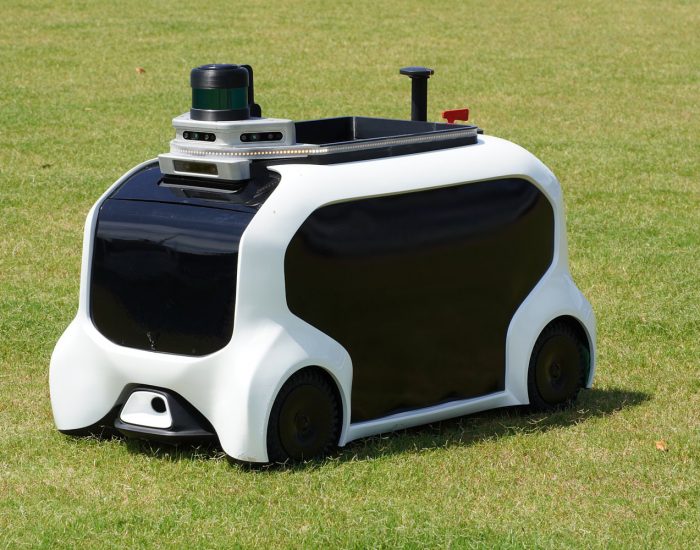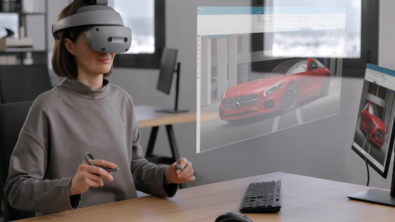My favorite Olympics technology

When the Olympics are underway, I notice future, current, and past athletes take to practicing their sports outside more often than normal. As I take one of my walking routes around our city’s community college campus, I see this on full display. The women’s softball team is out shagging fly balls, practicing hitting and running bases. As I move around the back of the campus, I see the track team running through practice. As I round the baseball field, I see the team is off today, but that does not stop three athletes repairing the pitching mound and the base lines. Finally, I come across the hammer and discus throwing team. I stop to watch as they launch their projectiles as far as they can. They seem very engaged in their throwing form, but then they all trudge out to retrieve their equipment. It seems they don’t enjoy this activity at all. Throwing is fun. Retrieving the gear and walking back is not. And that brings me to my favorite Olympics technology.
The Olympics bristles with technology, both as an integral part of each sport and the equipment to provide unique TV coverage. You might have missed it, but there are autonomous vehicles that help retrieve the equipment after the throwing athletes let loose their discus, hammer, and javelin. In the past Olympics, a person guides a remote-controlled car or truck out onto the field to gather the equipment. Then someone else loads the vehicle with the equipment and the remote person runs the vehicle back to the throwing start area. But in the 2020 summer Olympics, that vehicle has been improved. It now autonomously drives itself to the equipment using AI technology. Let’s take a closer look at that vehicle.

The 2020 Olympics are happening in Japan, Toyota’s back yard. So, it makes perfect sense that they want to roll out their robot technology for the world to see. From the cute little mascot robots, to the scary robot that shoots basketballs, technology abounds. But I find their Field Support Robot (FSR) fascinating. The Toyota robot team studied the throwing events and like any good engineers, decided they could automate the retrieving function to speed up the event and to eliminate extra volunteers.
The FSR employs AI technology to find the best path to retrieve the hammer, discus, or javelin and to avoid obstacles like people and scoreboards. The Toyota team repurposed their automatic guided vehicle technologies that are employed in factories for use in the FRS. The robot uses a camera in conjunction with the AI algorithms, plus a sensor that measures light reflected from a laser to figure out the route based on angle and distance measurements and calculations. The little robot can move at 20km/h. The Toyota press release mentions that the robot can grasp equipment, but provides little information about whether a human is still involved in the retrieval process. I have a feeling that feature might not have been implemented in time for the games.
Because humans are on the field, safety is important. The team designed a light on top of the robot that shows when the robot is in autonomous mode, tracking the equipment, or stopped. This allows the humans to know what the FSR is up to at any given time.
The team tested the robot at several events to adjust performance. At a para-athletic event they discovered a problem that they never could have predicted. Vision-impaired athletes sometimes require silence so that they can hear their partner give instructions. The FSR made too much noise while operating on the field causing some athletes to complain. The team redesigned the robot to reduce the sound.
The TV coverage is rightfully focused on the athletes in the field, so the FSR probably got very little air time during the course of the field events. But it deserves attention, as it is a useful machine. I especially enjoy that the Toyota team reused existing technology to design and realize the robot and used testing feedback to optimize the machine.
It is exciting to see the application of AI at the Olympics. Perhaps in Paris, they will roll out a robot that can make a hammer throw to entertain the crowd. But let’s hope it is well tested, as an errant throw there would be much worse than a basketball robot throwing the ball into the crowd while attempting a half-court bucket.


